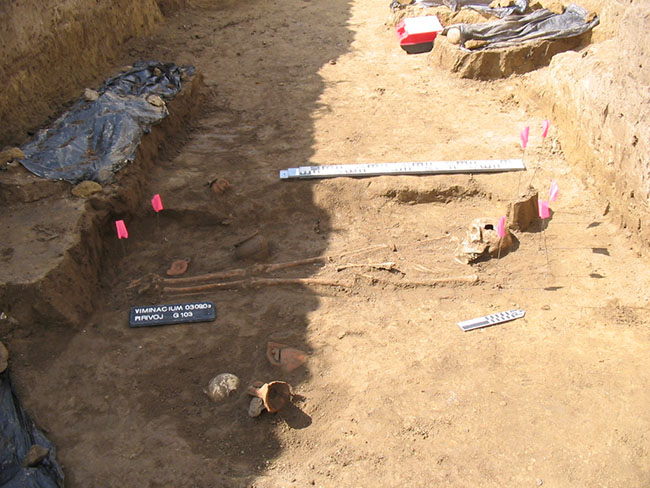Hawk
Regular Member
- Messages
- 2,273
- Reaction score
- 1,107
- Points
- 113
- Y-DNA haplogroup
- E-V13
In one leak a screenshot was taken in a upcoming Y-DNA from Mesolithic, Neolithic, Bronze, Iron Age, Roman and Medieval times from Balkans.

Mesolithic Balkans was dominated by I2a and R1b .
Neolithic by G2a
Bronze Age by R1b-Z2103, J2b2-L283 and J2a.
Once again, E-V13 appearance just as stated by Viminacium authors appears in Bronze to Iron Age transition, notice how the percentages increases during 0-500, very probably due to sampling bias of cremation/inhumation, when they adopted Christianity the burial rite changed to inhumation. So, i would say that the 0-500 column represent much better the Iron Age rather than the Iron Age column itself. E-V13 is confirmed Eastern Urnfield lineage, officially.

Mesolithic Balkans was dominated by I2a and R1b .
Neolithic by G2a
Bronze Age by R1b-Z2103, J2b2-L283 and J2a.
Once again, E-V13 appearance just as stated by Viminacium authors appears in Bronze to Iron Age transition, notice how the percentages increases during 0-500, very probably due to sampling bias of cremation/inhumation, when they adopted Christianity the burial rite changed to inhumation. So, i would say that the 0-500 column represent much better the Iron Age rather than the Iron Age column itself. E-V13 is confirmed Eastern Urnfield lineage, officially.







